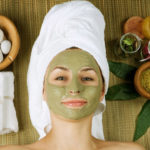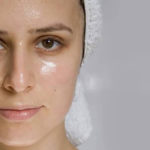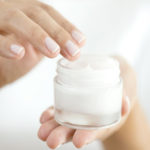Naturally healing and rejuvenating, aloe vera contains a transparent resinous substance that, when concentrated, turns black. This resinous substance contains cinnamic acid, vitamins B1, B2, B6, and folic acid, which have the ability to regenerate cells, remove aging cells, and promote new tissue growth, resulting in smooth and bright skin. Aloe vera has long been regarded as a highly effective natural remedy for healing the skin. When applied as a gel, it quickly heals wounds caused by burns, blisters, insect bites, and itching.
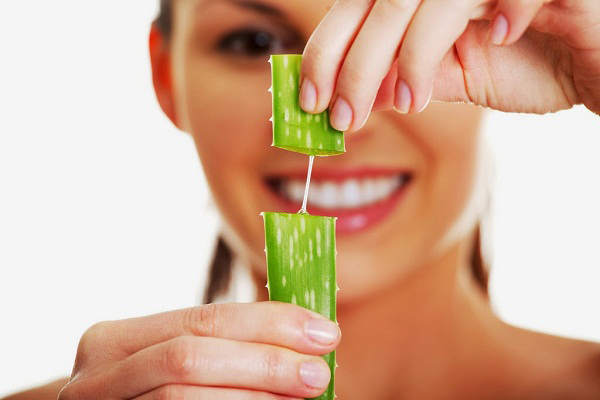
Direct Application of Aloe Vera:
Simply peel the skin of the aloe vera, wash it thoroughly, and apply the transparent resinous substance from the inner part of the leaf evenly on your face before going to bed for about 15-20 minutes. Then rinse your face with cool water. If you persistently do this three times a week, you will notice that your skin becomes glowing, smooth, and blemish-free.
Aloe Vera and Rice Water:
This type of face mask is probably not new to women. Its effects include skin rejuvenation, whitening, and vitality. Simply prepare a small amount of rice water and peeled aloe vera. Blend the aloe vera until smooth and then mix it with rice water in a 1:1 ratio. After washing your face, apply this mixture to your face for about 20 minutes. Rinse your face with cold water. Use this mixture for two weeks, and you will definitely see a difference in your facial skin.
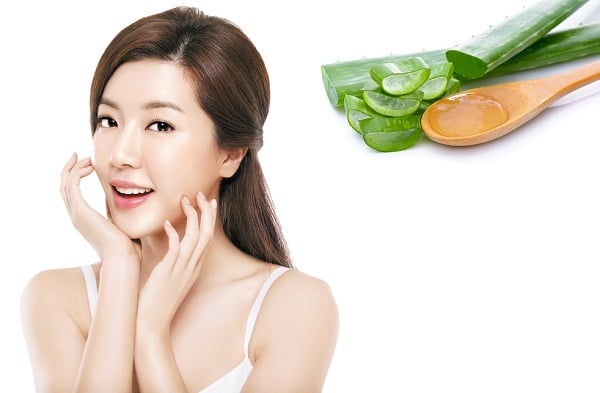
Aloe Vera and Honey:
Simply mix 1 cup of aloe vera gel, 2 cups of sea salt, 1 cup of baby skin care oil, and 2 tablespoons of honey thoroughly. Apply it on your face for about 20 minutes and then rinse your face with clean water. With this simple method of skin whitening, you can achieve smoother and brighter skin.
Aloe Vera and Lemon:
Cut off both ends of the aloe vera leaf, extract the gel, and blend the aloe vera gel with lemon juice in a blender until you obtain a smooth mixture. Apply this mixture onto your face for two weeks, and you will be surprised by its miraculous effects.
Aloe vera has been used as a beauty ingredient for a long time and is still used in cosmetics. However, for sensitive skin, it is not necessary to use the entire resin; only use the white part inside the aloe vera leaf and remove the green peel, as the green peel may cause mild itching, heat, and irritation. When the young skin layer is exposed to sunlight, it is prone to hyperpigmentation.
If consuming aloe vera, remove the yellowish mucus layer beside the aloe vera gel to avoid intoxication. Choose small, light green leaves, remove the peel, wash them under water, chop them finely, and eat them with yogurt or cook them with mung beans.


























